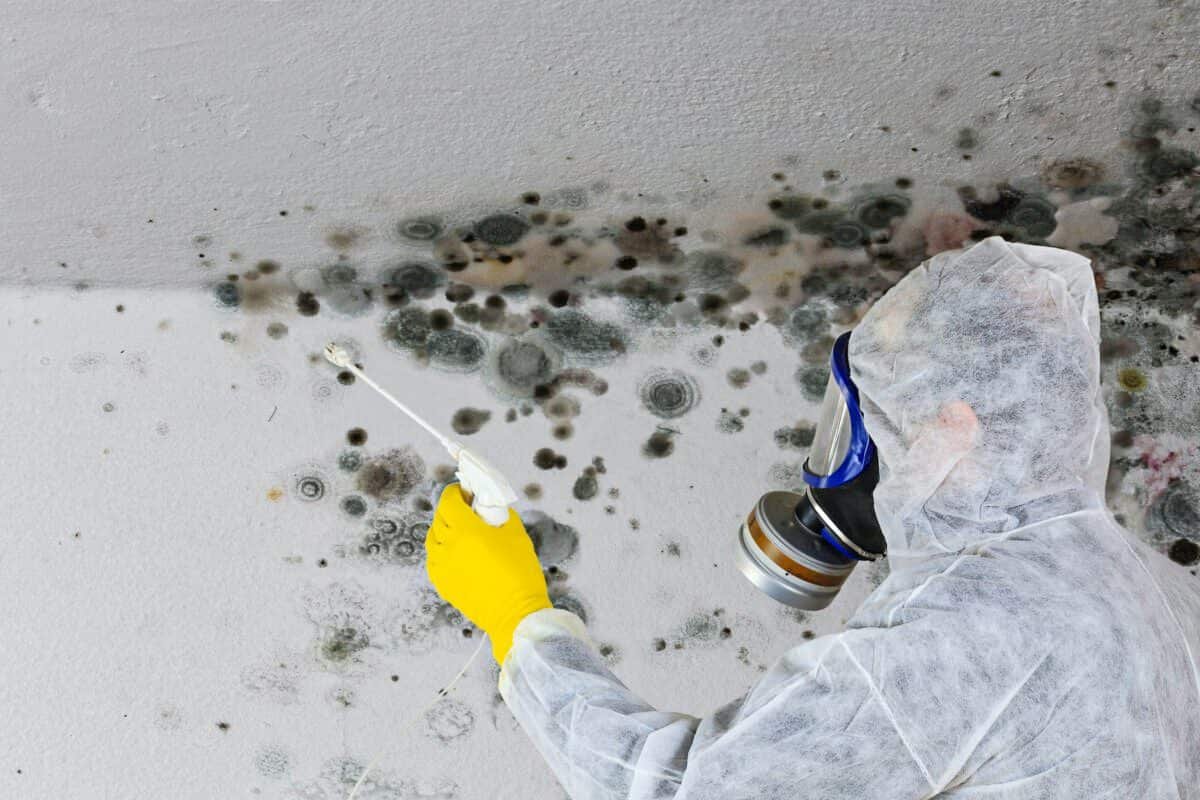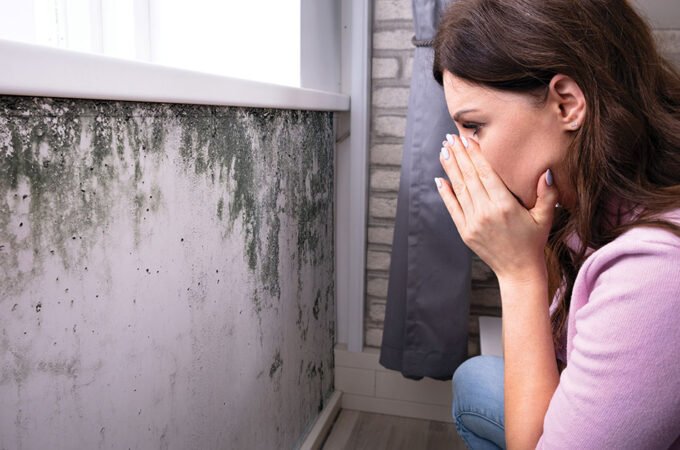
Mycotoxins 101: Everything You Need to Know About Mold Toxins
Mold is all around us, and it is impossible to avoid. Mold spores are tiny and can travel through the air, so it’s no surprise that they often end up in our homes and workplaces. While not all molds are harmful, some can produce mycotoxins – toxic chemicals that can cause various health problems. In this blog post, we will discuss mycotoxins, why they are important to know about when working with mold, and the scientific evidence behind them.
Table of Contents
ToggleThe scientific study:
Mycotoxins are toxic chemicals produced by some types of mold. They can cause various health problems, including respiratory infections, skin rashes, and cancer. Some mycotoxins are more harmful than others, and the amount of exposure needed to experience health effects varies from person to person.
Mycotoxins are found in various foods, including grains, nuts, fruits, and vegetables. They can also be found indoors, such as in homes and workplaces. Inhaling or touching mold spores can cause mycotoxin exposure. The extent of the health effects depends on the type of mycotoxin, the amount of exposure, and the individual’s susceptibility. There is a great deal of scientific evidence linking mycotoxin exposure to various health problems. For example, studies have shown that mycotoxin exposure can cause respiratory infections, skin rashes, and cancer. The evidence is strongest for certain types of mycotoxins, such as those produced by Aspergillus mold.
Where are they found?
When you know something will cause harm, the instinct would be to stay away from it. When it comes to Mycotoxins, more commonly known as mold, that might not be possible. Mycotoxins can be found indoors and outdoors, in fresh and salt water, on plants, animals, and humans. While most mycotoxins are not harmful, some produce mycotoxins – toxic chemicals that can cause many health problems in humans ranging from the flu to cancer.
Mycotoxins are often found in food. Cereals, nuts, fruits, and vegetables can all become contaminated with mycotoxins. It is important to remember that cooking does not always destroy mycotoxins. Some mycotoxins are more toxic when heated. Indoor environments such as homes and workplaces can also be sources of mycotoxin exposure. Inhaling or touching mold spores can cause mycotoxin exposure. The extent of the health effects depends on the type of mycotoxin, the amount of exposure, and the individual’s susceptibility.
So what now?
If you think you have been exposed to mycotoxins, it is important to see a doctor as soon as possible. Mycotoxin exposure can cause various health problems, and the sooner you are treated, the better your chances are for a full recovery. If you work with mold or come into contact with moldy materials regularly, it is important to take precautions to protect yourself from mycotoxin exposure. Wearing gloves, goggles, and a mask can help to reduce your exposure. If you suspect that your home or workplace is contaminated with mold, it is important to have it tested by a professional.
Preventing yourself from mycotoxins exposure:
The best way to prevent mycotoxin exposure is to avoid mold altogether. However, this is not always possible. If you must work with or be around the mold, there are some things you can do to reduce your exposure. Wearing gloves, goggles, and a mask can help to protect you from coming into contact with mold spores. It is also important to clean and disinfect any surfaces that may be contaminated with mold.
Keeping your home mold free:
Mold love damp, dark, and humid places. To prevent mold from growing in your home, keeping the indoor environment as dry and clean as possible is important. Use a dehumidifier to control humidity levels and ventilate wet areas such as bathrooms and laundry rooms. Regularly cleaning with soap and water can also help to remove mold spores from surfaces.
If you suspect you might have mold, you can always schedule a mold test. This can be done in two ways: DIY Mold Testing Kits and Lab Tests.
DIY Mold Testing Kits: You can purchase a mold test kit at your local hardware store. These kits usually involve taking a swab of the suspected area and sending it off to a lab for analysis. While these kits are less expensive, they are also less accurate. The test results may be affected by how the sample is taken and how well you follow the instructions.
Lab Tests: A more accurate way to test for mold is to have a professional take samples and send them to a lab for analysis. This method is more expensive but will give you more reliable results. A professional will take samples of the air, surfaces, and any materials that may be contaminated with mold. The samples will then be sent to a lab for analysis. The results of the lab tests will help you to determine the extent of the problem and what needs to be done to fix it.
The longer you let mold grow, the more mycotoxins it will produce. If you think you might have mold, it is important to have it tested as soon as possible. Mycotoxin exposure can cause various health problems, and the sooner you are treated, the better your chances are for a full recovery.






